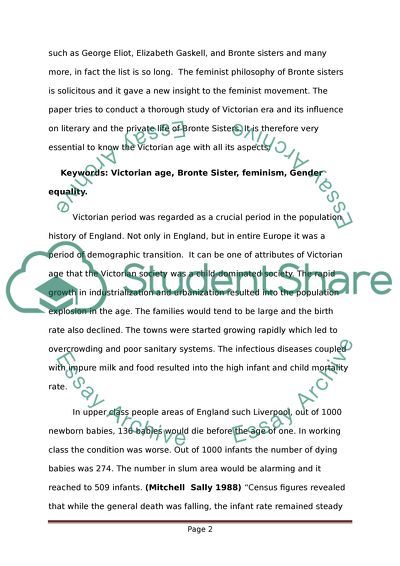Cite this document
(“Feminism and the Bronte Sisters Research Paper Example | Topics and Well Written Essays - 4250 words”, n.d.)
Retrieved from https://studentshare.org/literature/1402969-feminism-and-the-bronte-sisters
Retrieved from https://studentshare.org/literature/1402969-feminism-and-the-bronte-sisters
(Feminism and the Bronte Sisters Research Paper Example | Topics and Well Written Essays - 4250 Words)
https://studentshare.org/literature/1402969-feminism-and-the-bronte-sisters.
https://studentshare.org/literature/1402969-feminism-and-the-bronte-sisters.
“Feminism and the Bronte Sisters Research Paper Example | Topics and Well Written Essays - 4250 Words”, n.d. https://studentshare.org/literature/1402969-feminism-and-the-bronte-sisters.


